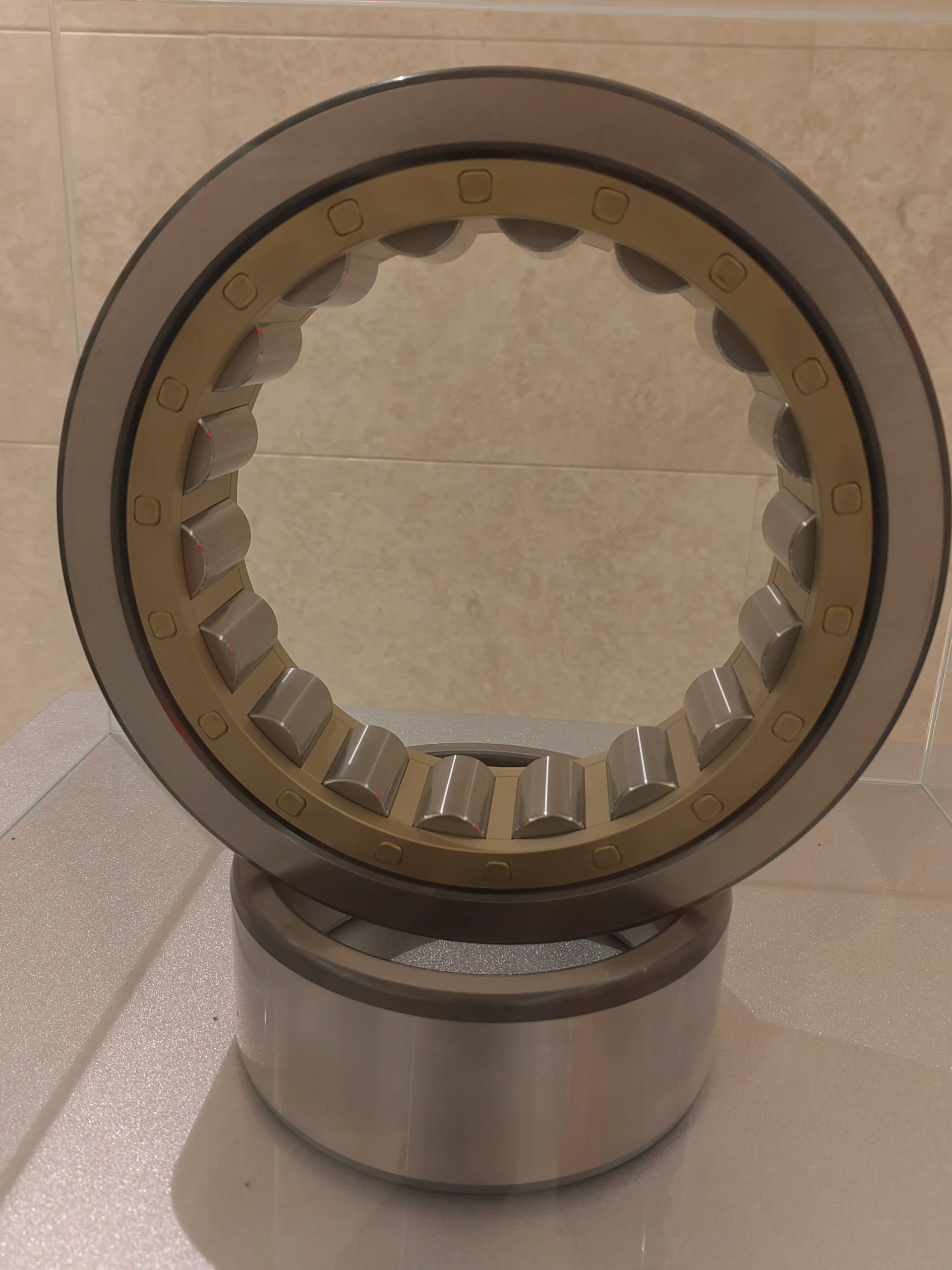
Nov . 12, 2024 06:22 Back to list
cylindrical roller bearing
Understanding Cylindrical Roller Bearings A Guide
Cylindrical roller bearings are a crucial component in various machinery and applications, known for their ability to handle heavy radial loads and provide high rotational speeds. This type of bearing consists of cylindrical rollers, which are positioned between the inner and outer rings. The design allows for minimal friction during operation, resulting in improved performance and longevity of the bearing system.
Design and Structure
Cylindrical roller bearings feature a simple yet effective design. These bearings come in various configurations, including single-row, double-row, and multi-row designs, depending on the specific application requirements. The rollers are elongated cylinders that distribute the load over a larger surface area, reducing stress and wear over time. The inner and outer rings are usually made from high-carbon chromium steel, which provides the necessary strength and hardness to withstand heavy loads.
The raceways in cylindrical roller bearings are engineered to accommodate linear motion, making them ideal for applications requiring high load capacity and rotational speed. The absence of a ball component means these bearings can support heavier loads compared to their ball bearing counterparts. This is particularly advantageous in industries such as construction, automotive, and manufacturing.
Key Advantages
1. High Load Capacity One of the most significant advantages of cylindrical roller bearings is their ability to carry heavy radial loads. This makes them suitable for applications such as gearboxes, electric motors, and heavy machinery.
2. Low Friction The cylindrical shape of the rollers minimizes contact area with the raceways, reducing friction and wear. This leads to increased efficiency and higher operational speeds.
3. Durability Due to their robust design and materials, cylindrical roller bearings have a long service life. They are resistant to wear and can operate in various environmental conditions, including high temperatures and contaminants.
cylindrical roller bearing

4. Versatility These bearings come in different sizes and configurations, making them versatile for various applications. From industrial machinery to automotive components, cylindrical roller bearings can be tailored to meet specific needs.
Applications
Cylindrical roller bearings are widely used across various industries. Some common applications include
- Automotive In vehicles, they are utilized in transmissions, wheel hubs, and axles, where they support heavy loads and allow smooth operation. - Manufacturing In conveyor systems and machine tools, these bearings enable efficient movement and reduce downtime due to their reliability and durability. - Construction Heavy machinery such as cranes and excavators rely on cylindrical roller bearings to support hefty loads and ensure operational efficiency. - Aerospace They are used in aircraft engines and other critical components where reliability and performance are paramount.
Maintenance and Care
While cylindrical roller bearings are designed to be durable, proper maintenance is essential to ensure their longevity. Here are some maintenance tips
- Lubrication Proper lubrication reduces friction and wear. Regularly check and replenish lubricant levels to ensure optimal performance. - Alignment Misalignment can lead to increased wear and premature failure. Regularly check the alignment of the bearings and make adjustments as necessary. - Cleanliness Contaminants can significantly impact bearing performance. Ensure that the bearings and surrounding areas are kept clean to prevent dirt and debris from entering the bearing assembly. - Regular Inspection Conduct routine inspections to identify any signs of wear or damage. Early detection of issues can prevent catastrophic failures and costly repairs.
Conclusion
Cylindrical roller bearings play a vital role in ensuring the efficiency and reliability of countless machinery and applications. With their high load capacity, low friction, and durability, they are a preferred choice in various industries. By understanding their design, advantages, applications, and maintenance, stakeholders can make informed decisions to optimize performance and extend the lifespan of their bearing systems. As technology continues to evolve, advancements in materials and design will likely enhance the capabilities of cylindrical roller bearings, further solidifying their place in modern engineering and manufacturing.
Latest news
-
Spherical Roller Bearings Applications: Heavy Duty, Self-Aligning
NewsAug.30,2025
-
Premium Deep Groove Ball Bearings | High Speed & Reliability
NewsAug.29,2025
-
Durable Scaffolding Clamps - Secure & Reliable Tube Connectors
NewsAug.28,2025
-
Common Failures in Thrust Ball Bearings and Solutions
NewsAug.22,2025
-
How Tapered Roller Bearings Can Take Shock Loads
NewsAug.22,2025
-
Angular Bearings in High-Precision Spindles
NewsAug.22,2025
